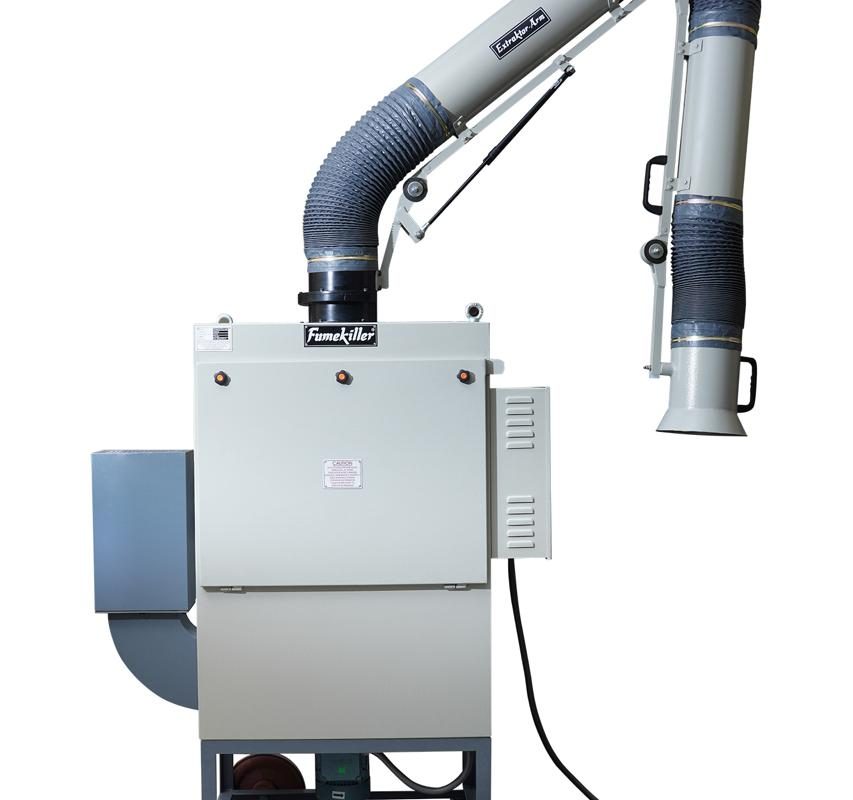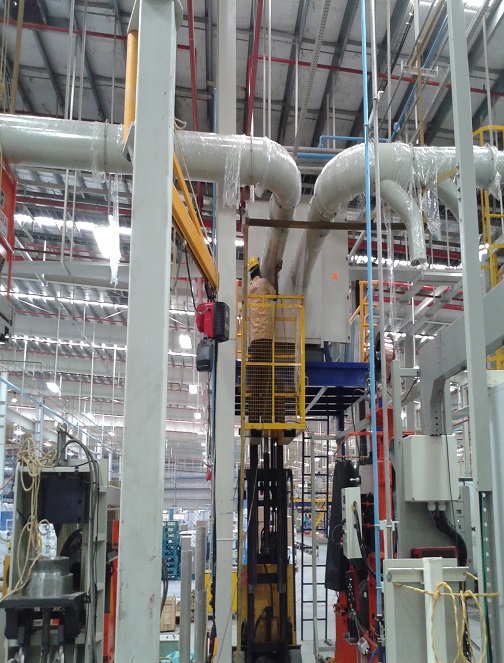The air quality inside modern workplaces stands equally important to the tasks employees perform. The production of dangerous fumes and smoke and dust and mist results from various industrial processes including welding and soldering and grinding and chemical processing. Uncontrolled pollutants create dangerous health risks for workers while shortening equipment life and establishing hazardous working conditions.
The solution to this problem are fume extractors.
A fume extractor functions as an essential component of air pollution control systems because it captures dangerous particles and gases at their origin before they can escape into the surrounding environment. These systems provide multiple valuable advantages to industrial operations. Let’s break down the major benefits of using a fume extraction system in industrial applications.
Protecting Worker Health:
Protecting the health of workers is one of the primary applications of a fume extractor.
Industrial processes like welding, soldering, brazing etc release pollutants such as metal fumes, flux gases and fine particulate matter.
Inhaling these can lead to a range of health issues including:
- Respiratory problems
- Skin and eye irritation
- Long-term illnesses like asthma or lung disease
- Exposure to toxic metals such as lead or cadmium
By removing the pollutants right at the source, the air within the shop floor remains relatively clean and the risk of health hazards for employees are significantly reduced. Fume extraction systems are primarily used for this purpose.
Ensuring Regulatory Compliance
Meeting regulatory compliance laws are a must for most industrial processes.
In India, bodies such as the Central Pollution Control Board (CPCB) set the guidelines to be followed for companies to meet specific workplace and environmental safety.
In addition to meeting these regulations, installing an efficient fume extraction system can help to demonstrate a company’s commitment to responsible and sustainable operations.
Improving Air Quality in the Workspace
Improvement in air quality not only benefits worker health but a cleaner workspace in general.
By using a welding fume extractor or soldering fume extractor, pollutants that would normally settle on the machines and other flat surfaces get extracted and filtered, leading to cleaner spaces.
Additionally, the cleaner air within the shop floor also helps improve visibility and creates a more comfortable working environment, leading to higher morale and better retention rates among employees.
Protecting Equipment and Reducing Maintenance
As previously mentioned, air borne contaminants can settle on machinery and cause significant harm.
Pollutants like oil mist and fine dust can cause significant wear and tear on sensitive equipment which can lead to malfunctions and breakdowns over time. This delays the industrial processes and can cause significant increase in the maintenance costs. By using a fume extraction system to keep the air clean, companies can reduce maintenance costs, increase equipment life and reduce downtime.
Supporting Sustainable and Eco-Friendly Operations
Sustainability is a buzzword used very commonly in the industrial world and the expectation for companies to reduce their carbon footprint and environmental impact is ever growing.
It is obvious how air pollution control systems like fume extractors and dust collectors can contribute toward this goal.
The pros of using a good fume extraction system far outweigh the cons and the benefits of using these systems makes them essential for any modern industrial facility. We will continue to explore these systems along with specific applications and technologies. Stay tuned for more.





